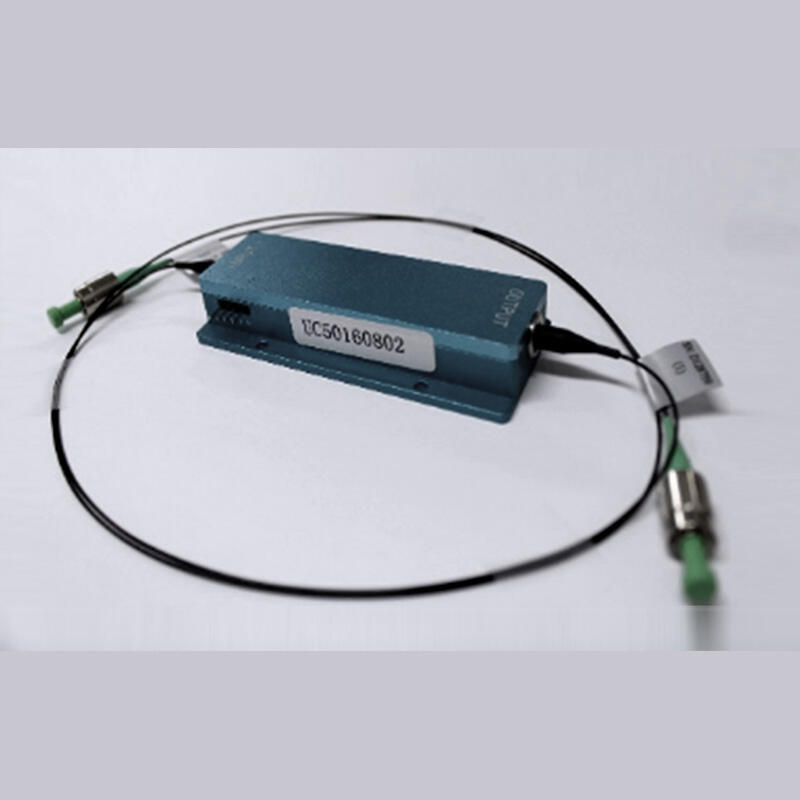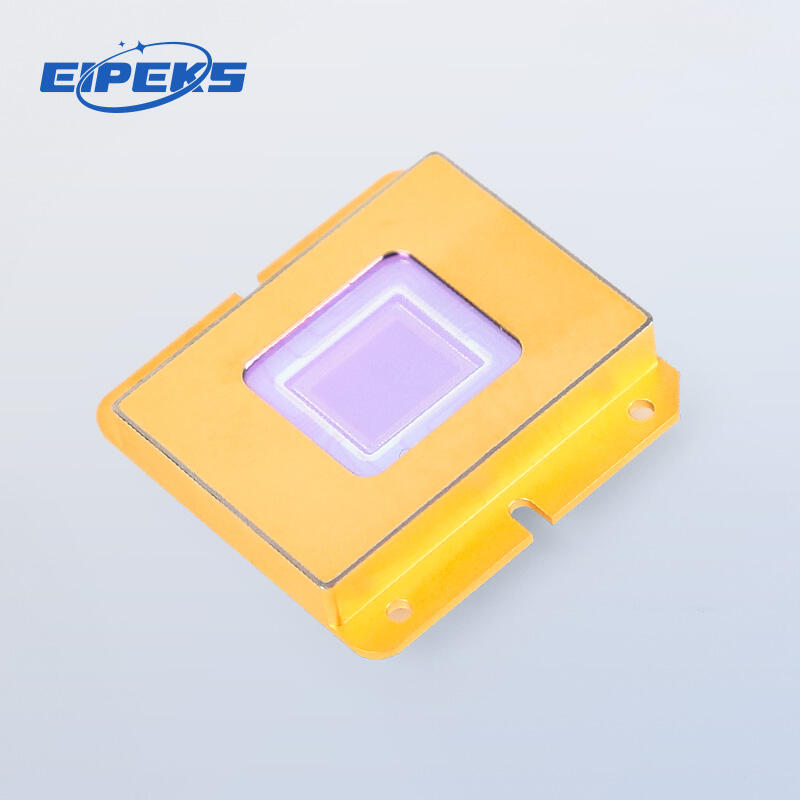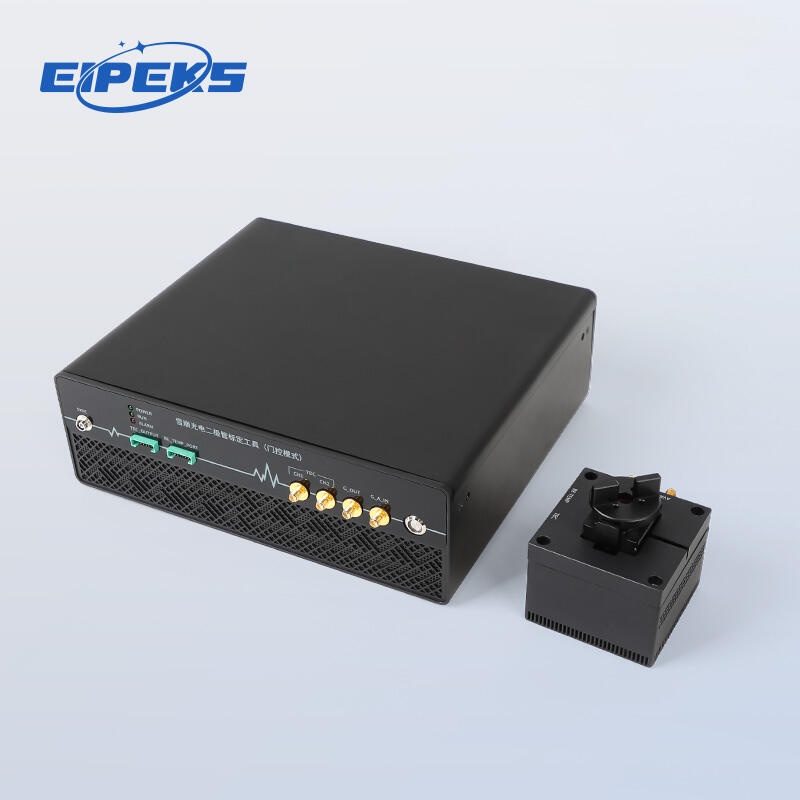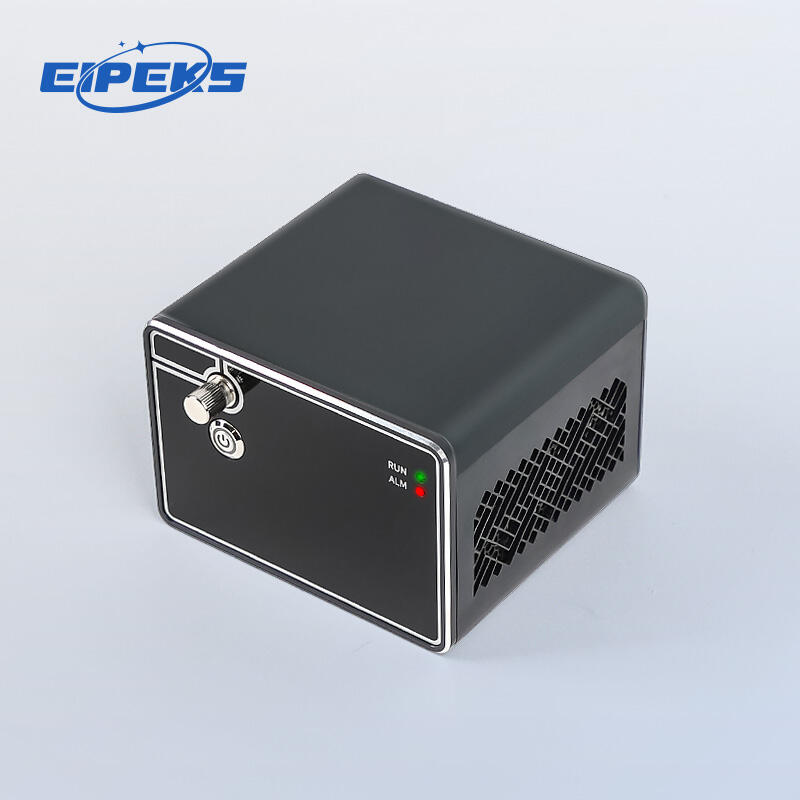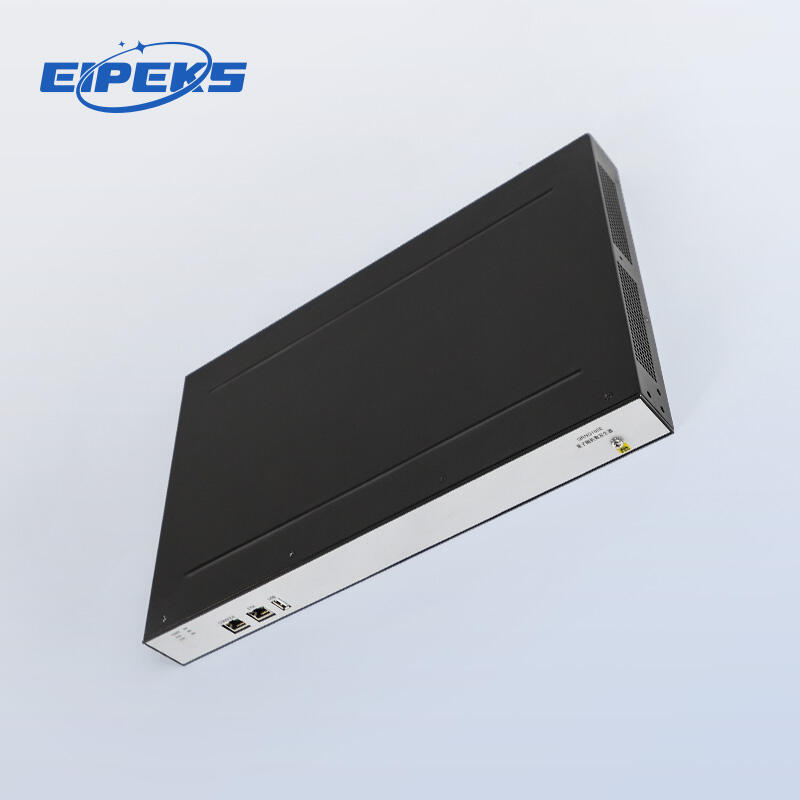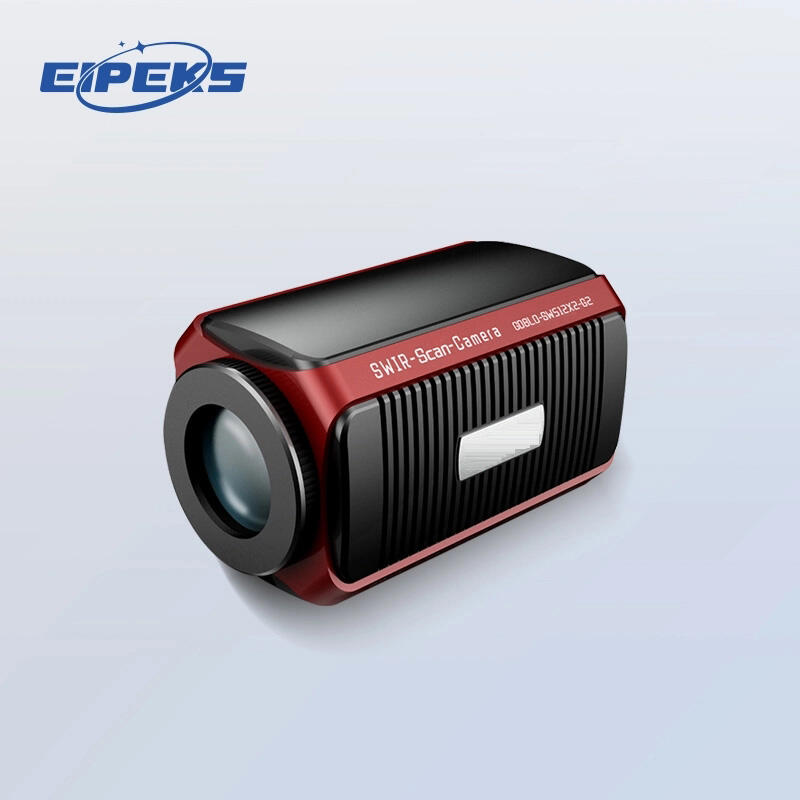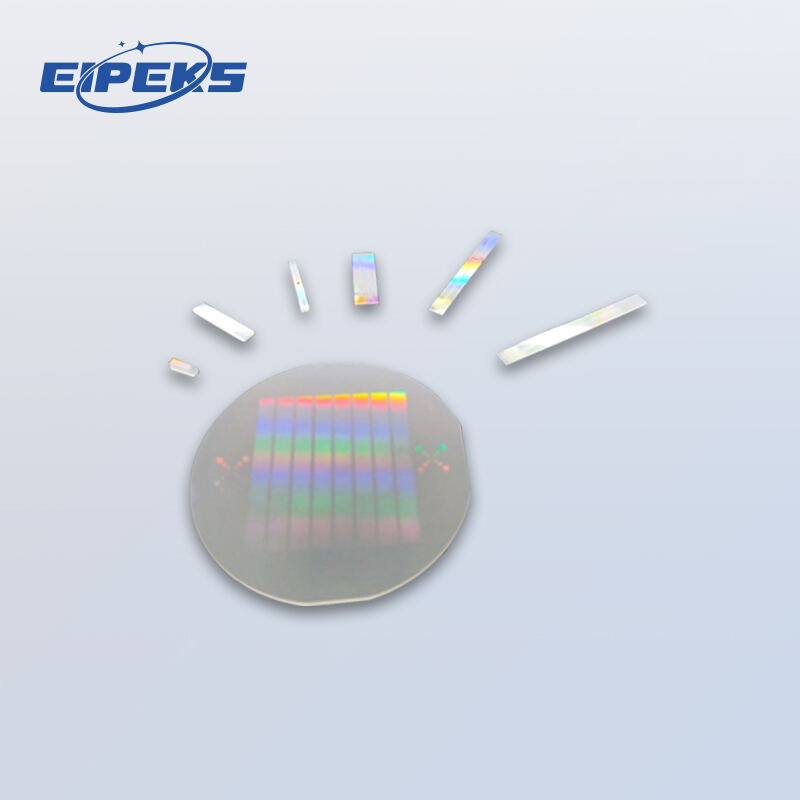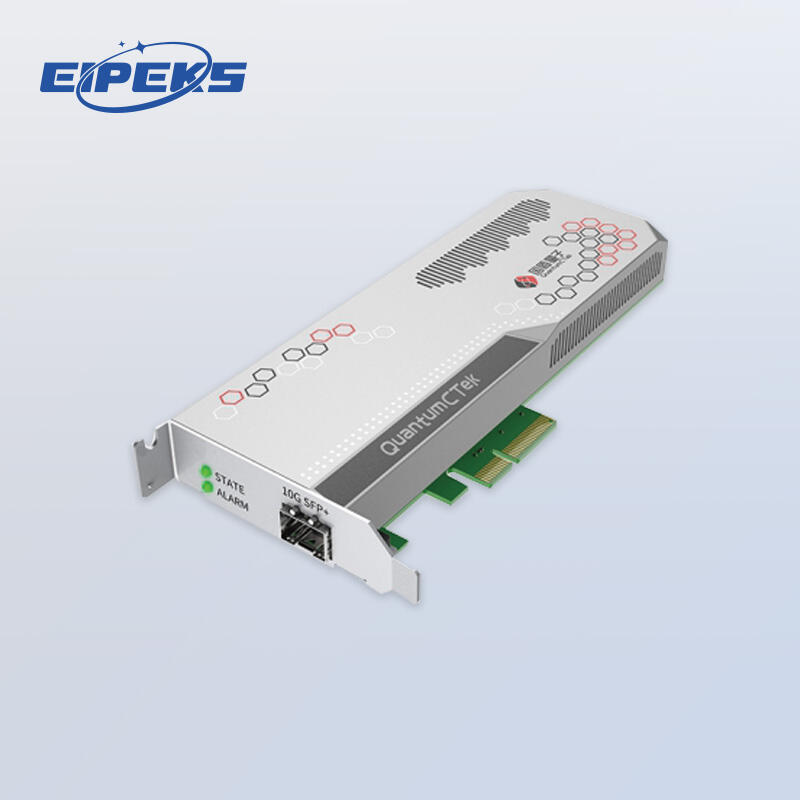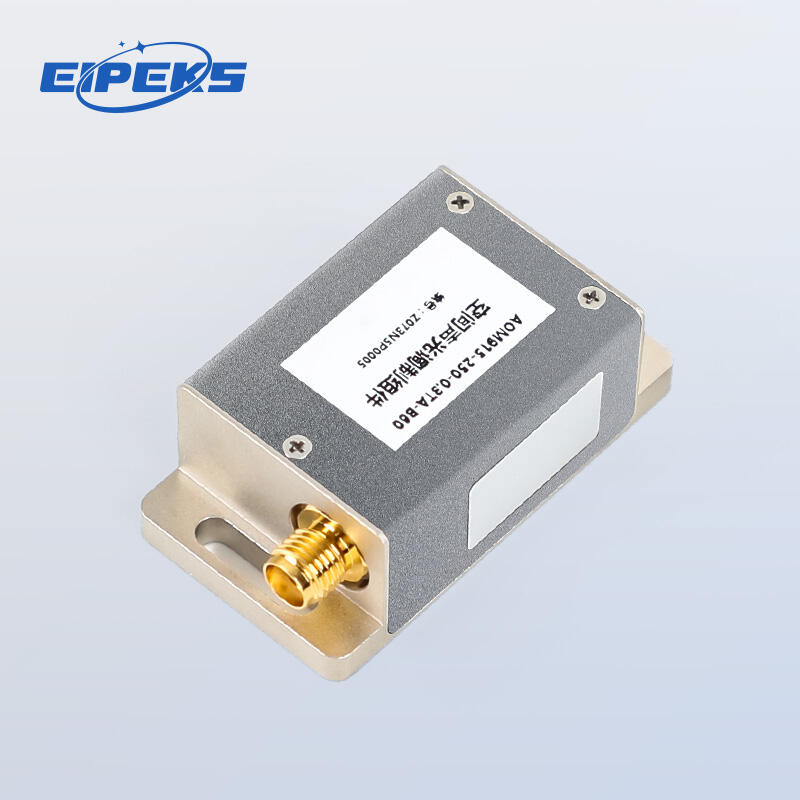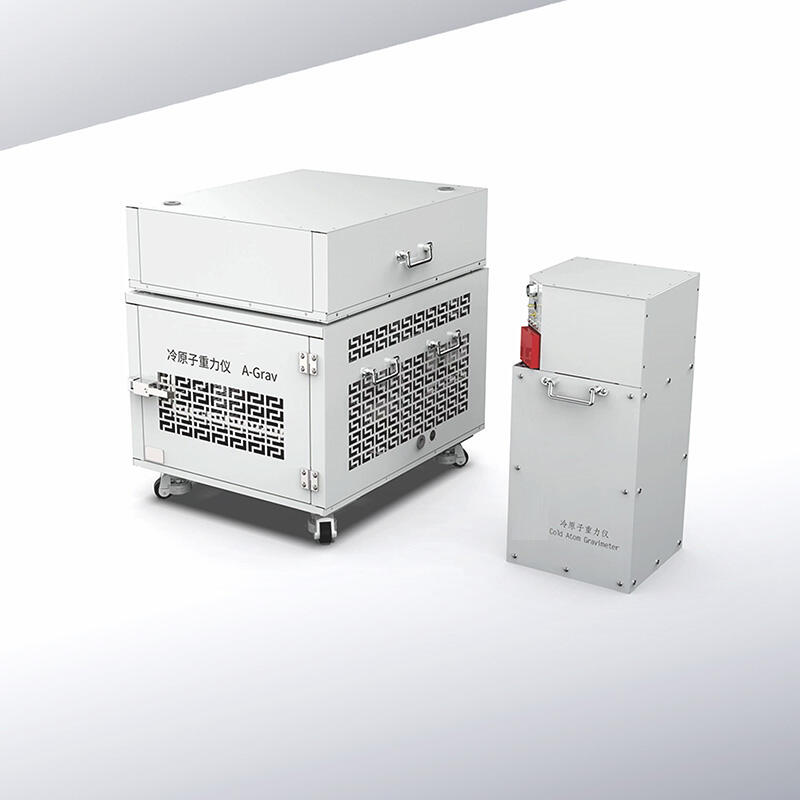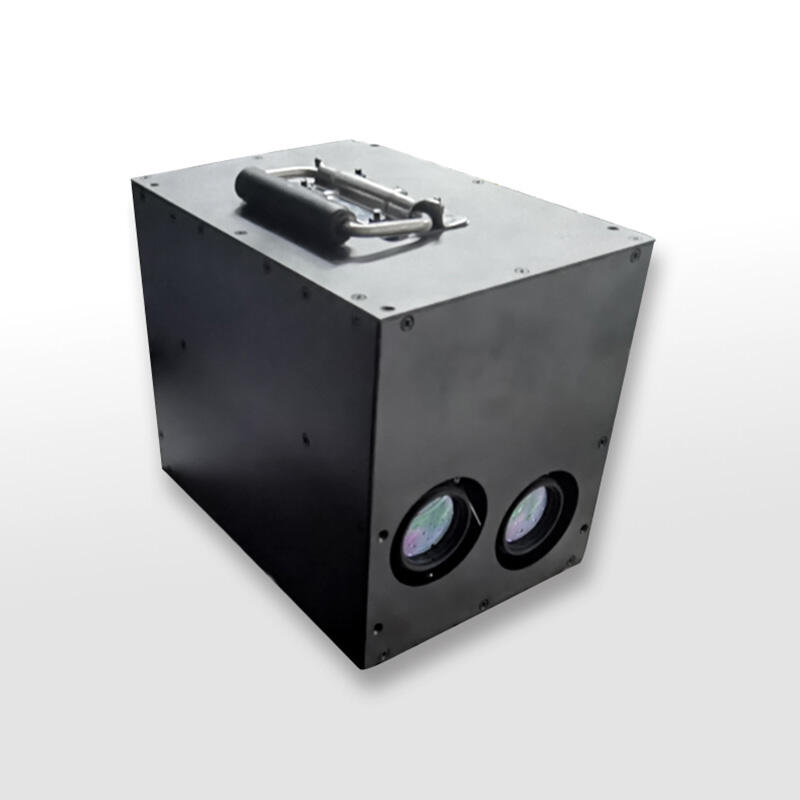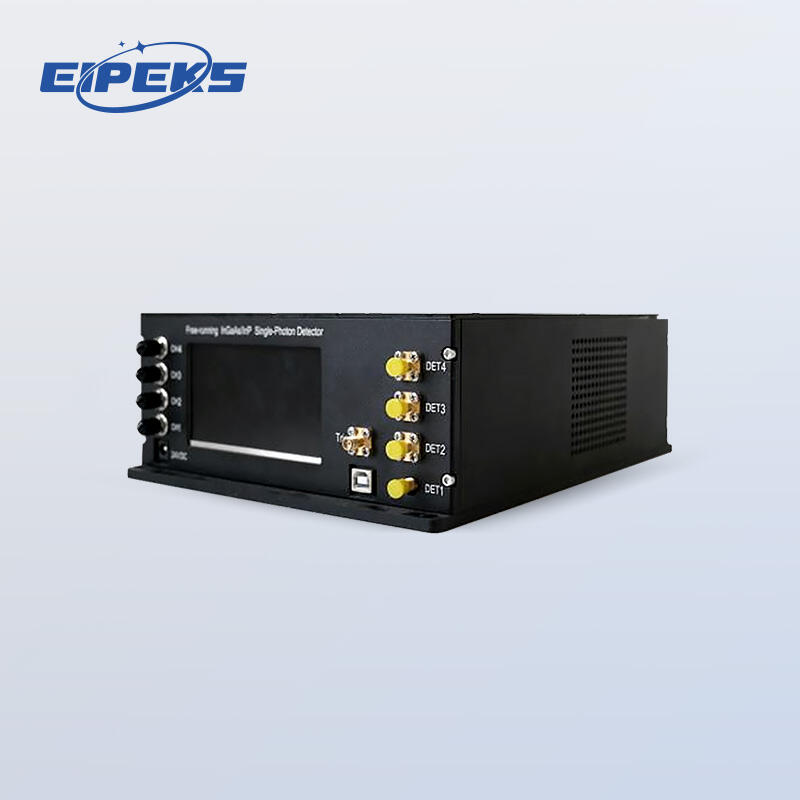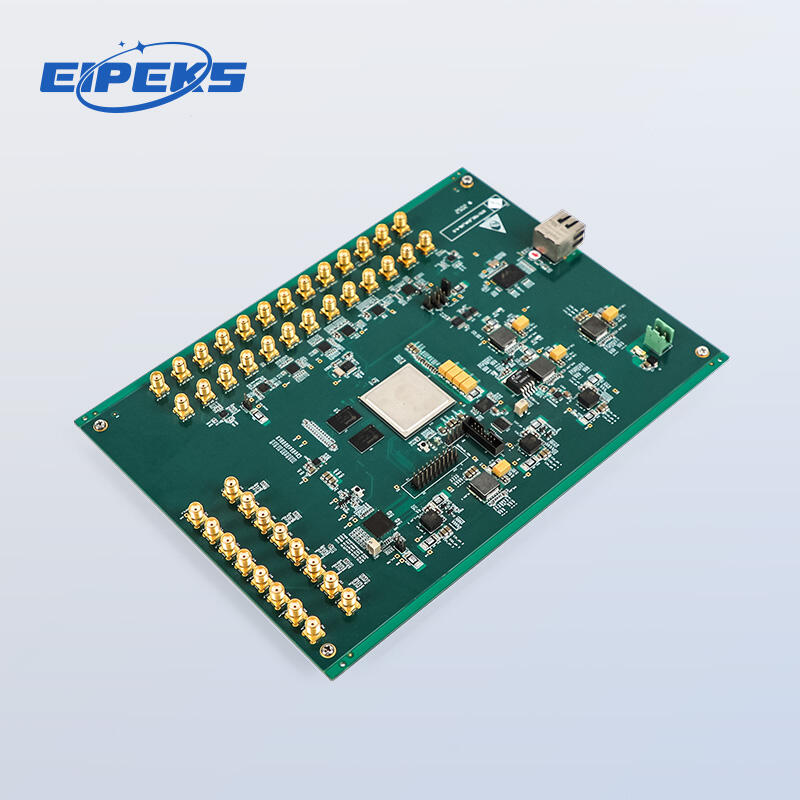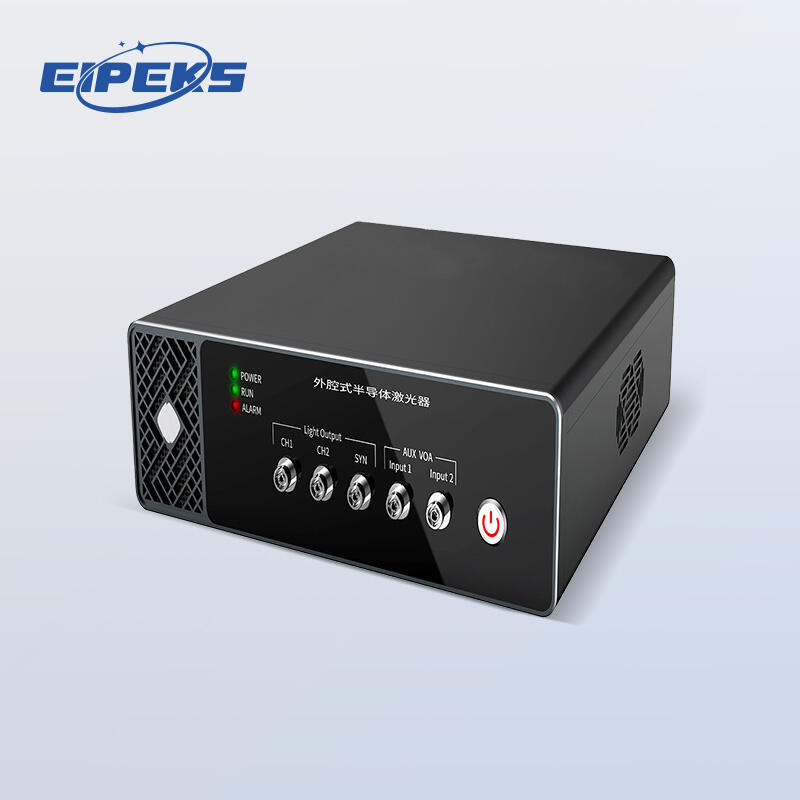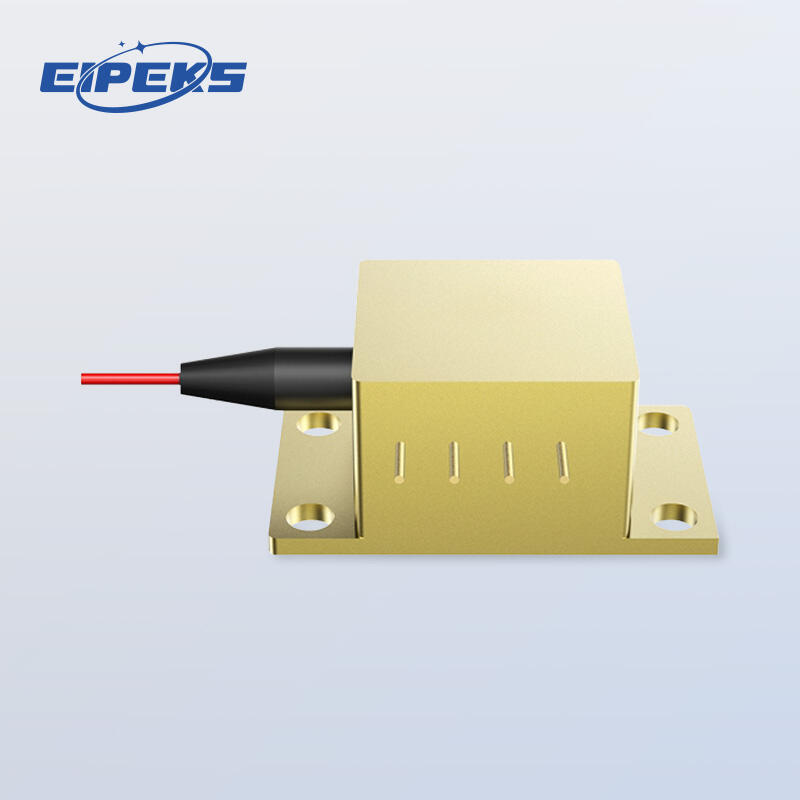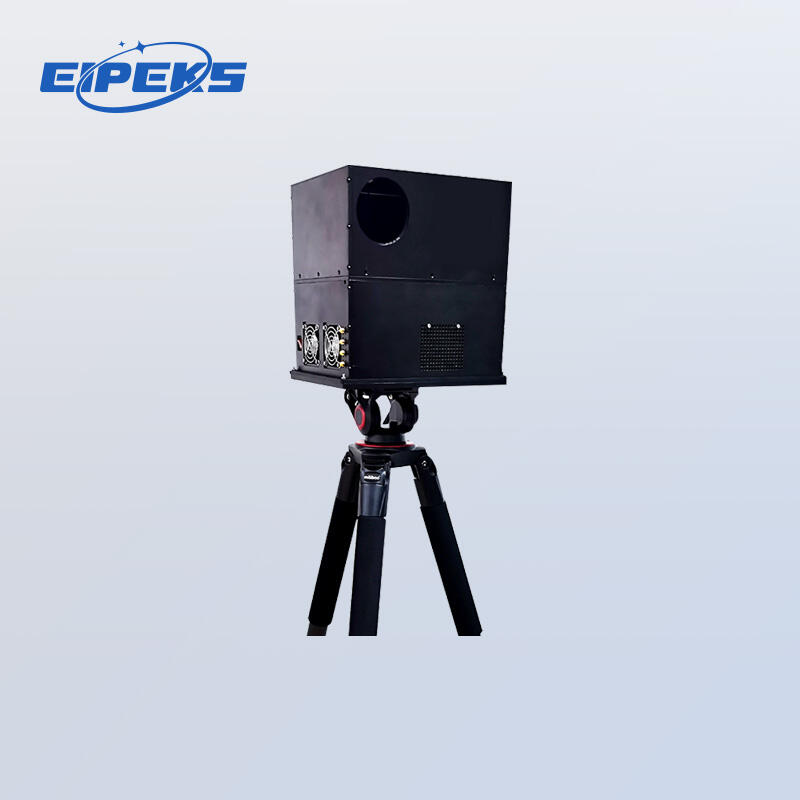- Overview
- Parameter
- Inquiry
- Related Products
The preparation method for lithium niobate (LiNbO3) optical waveguides includes proton exchange. Initially, a chemical reaction is carried out between the lithium niobate crystal and a suitable proton source, such as benzoic acid, wherein hydrogen ions (protons) replace lithium ions on the crystal's surface. Subsequently, an annealing process is performed to restore optical nonlinearity, and this process is referred to as Annealed Proton-Exchange (APE) waveguide. Reverse Proton Exchange (RPE) waveguide is a subsequent step to APE, where lithium ions are exchanged back for hydrogen ions. This step is used to further improve the hydrogen ion concentration distribution in the waveguide region, enhancing the symmetry of the waveguide's intrinsic modes, resulting in better mode matching for different wavelengths.
Periodic poling is achieved through quasi-phase matching techniques, where an external electric field is applied to the lithium niobate crystal to periodically reverse the spontaneous polarization direction of the crystal's ferroelectric domains. This solves the phase mismatch problem, enabling frequency conversion for different wavelengths.
Based on periodically poled lithium niobate (PPLN) RPE waveguides, in the communication wavelength range of 1550nm, transmission losses can be reduced to as low as 0.1dB/cm, and coupling losses with optical fibers can be minimized to 0.5dB. These technical specifications have reached an international leading level.
| Parameters&Index | |
| Technical Parameters | Technical Index |
| Signal wavelength | Customizable |
| Transmission loss | ~0.1dB/cm |
| Coupling efficiency | ~0.5dB/cm |
| Conversion efficiency | >60% |
| Thermoelectric cooler | 6V, 4A Maximum, Qc=15W |
| NTC impedance @ 25°C | 10kΩ |
| Input-output optical fibers | Customizable |
| Operating temperature | 10-35°C |
| Storage temperature | -20 to +70°C |

 EN
EN
 AR
AR
 BG
BG
 HR
HR
 CS
CS
 DA
DA
 NL
NL
 FI
FI
 FR
FR
 DE
DE
 EL
EL
 HI
HI
 IT
IT
 JA
JA
 KO
KO
 NO
NO
 PL
PL
 PT
PT
 RO
RO
 RU
RU
 ES
ES
 SV
SV
 TL
TL
 ID
ID
 LV
LV
 LT
LT
 SR
SR
 SK
SK
 SL
SL
 UK
UK
 VI
VI
 TH
TH
 TR
TR
 FA
FA
 MS
MS
 BE
BE
 LA
LA
 UZ
UZ
